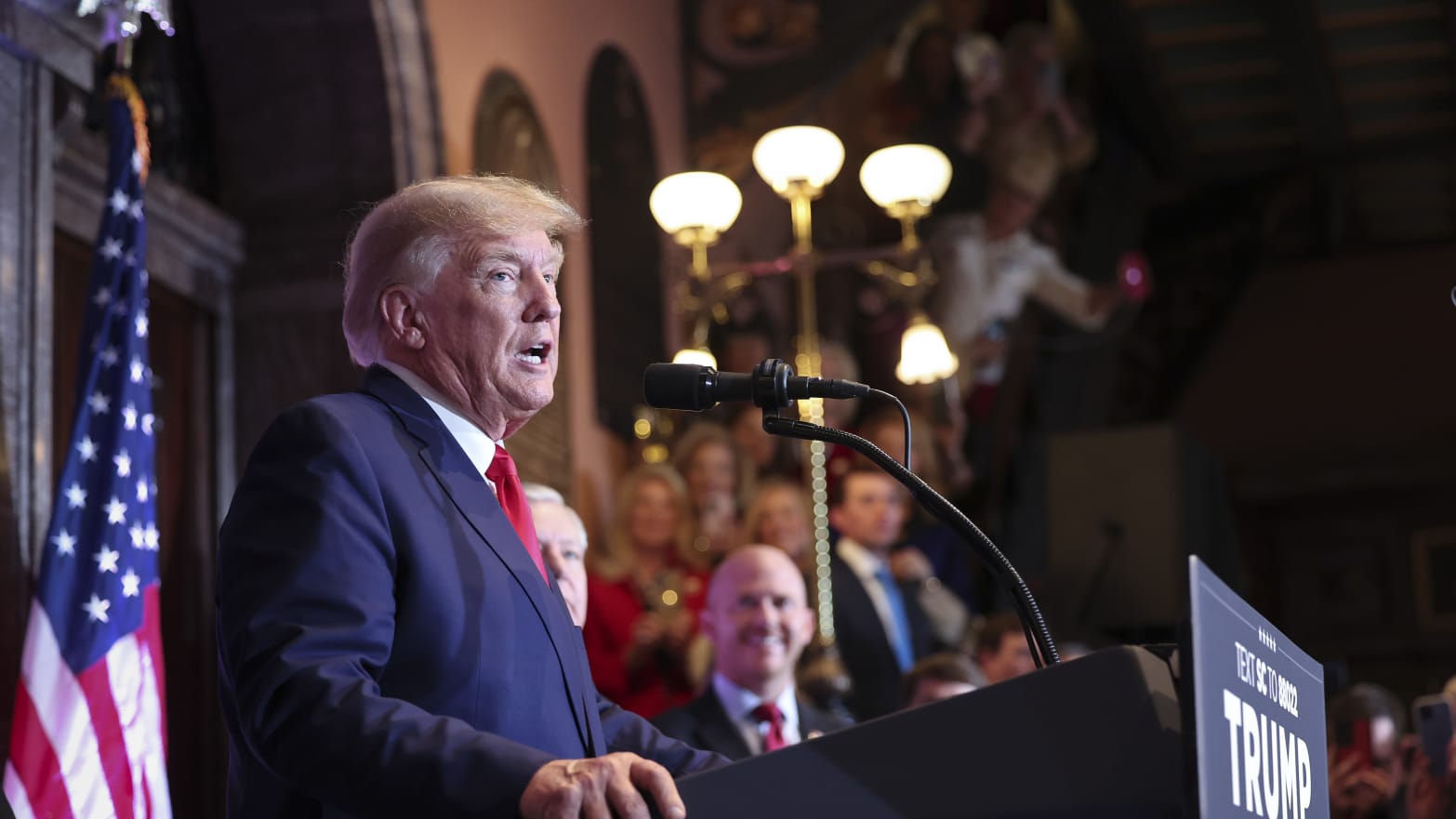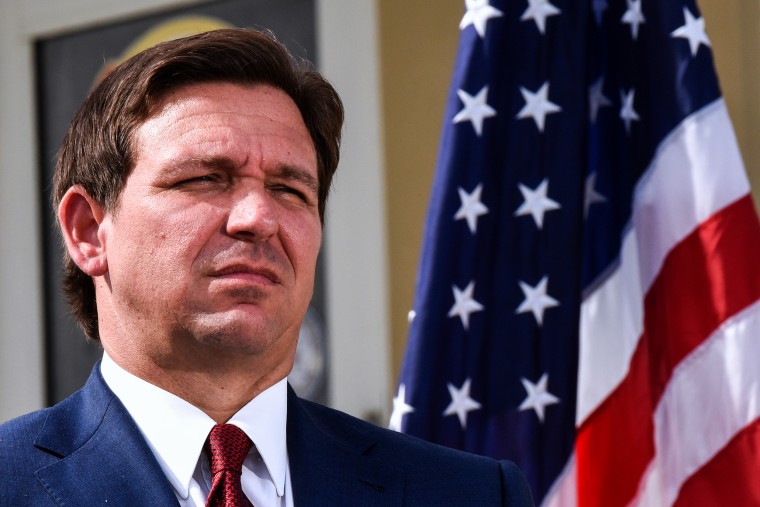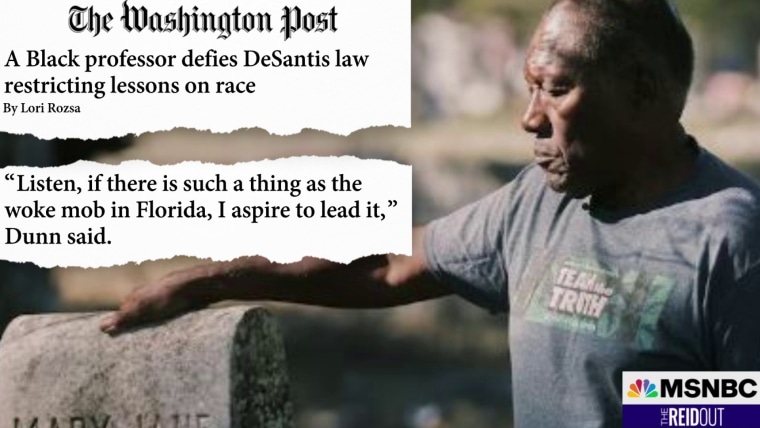Trump in Even More Legal Hot Water After Lying to Judge

Photo by Win McNamee/Getty Images
"Former President Donald Trump appears to have lied in sworn court records, opening him up to severe sanctions by a New York judge who has already lost his patience and threatened to punish him before.
Trump claimed he wasn’t the president of the Trump Organization during his four years at the White House, despite previously testifying that he was an “inactive president.” And he claimed that he didn’t have a financial stake in a partnership with the real estate company Vornado, even though he previously testified that he did.
On Tuesday, the New York Attorney General’s Office asked Justice Arthur F. Engoron to intervene quickly to ensure that the former president still faces a trial later this year that could bankrupt his company.
New York AG Letitia James sued the Trump family and their real estate empire for at least $250 million last year, the end result of a three-year investigation that documented how the Trumps have routinely faked property values to score better bank loans and cheat taxes. The civil lawsuit threatens to yank the company’s credentials, seize its bank accounts, and choke off its access to any banks in New York City—the global finance capital.
The Trumps, desperate to avoid the collapse of their company, initially tried to disqualify the AG and stop her from accessing company records. But when Judge Engoron threatened to sanction lawyers for incessantly making “frivolous” legal arguments, the Trumps last week were finally forced to answer James’ lawsuit with actual defenses.
The result was a legal document that read like a joke, with Trump attorney Alina Habba going as far as claiming there is formally no such thing as the “Trump Organization’—a ridiculous position, given that it’s a billion-dollar company Trump used to build his reputation over decades.
On Tuesday, the AG’s office called her out on that too, noting that in November she began a court hearing before this very judge by introducing herself as an attorney for that company.
“Good morning, Your Honor. Alina Habba for Trump Organization, Donald Trump, et cetera,” she said on Nov. 22 in a New York City courtroom.
The AG’s office also pointed out how Trump, in a separate case involving how his security guards beat up protesters in Manhattan, testified behind closed doors that while at the White House he “was an inactive president and now I’m active again.” The testimony shows that he remained atop the Trump Organization.
“Was there a period of time that you were not the president of the Trump Organization?” asked the protester’s lawyer, Benjamin Dictor.
“Well, I wasn’t active during the time I was at 1600,” Trump said, referring to the White House address. “I would say that I was an inactive president and now I’m active again.”
By contrast, in court documents last week, Trump swore that he “specifically denies the definition of ‘Trump Organization’” and “each and every allegation” that he was ever the inactive president of the company during four years in public office.
At the bottom of the 300-page document, Trump signed his name using his usual thick, black marker beneath an affirmation that says his list of responses “is true to the best of [his] own current knowledge.”
Lying in court documents is a red line that could result in hefty fines and serious blowback in court.
In Tuesday’s filing, the lawyer at the AG’s office leading the case asked the judge to drag the Trumps into court again to punish them for pulling the stunt—and to not give them a second chance.
“The Court has already admonished defendants and their counsel for their continued invocation of meritless legal claims but exercised its discretion in not imposing such sanctions,
‘having made its point.’ It does not appear that this point was taken, however, and [AG’s office] would ask the court to renew the issue,” attorney Kevin Wallace wrote."








